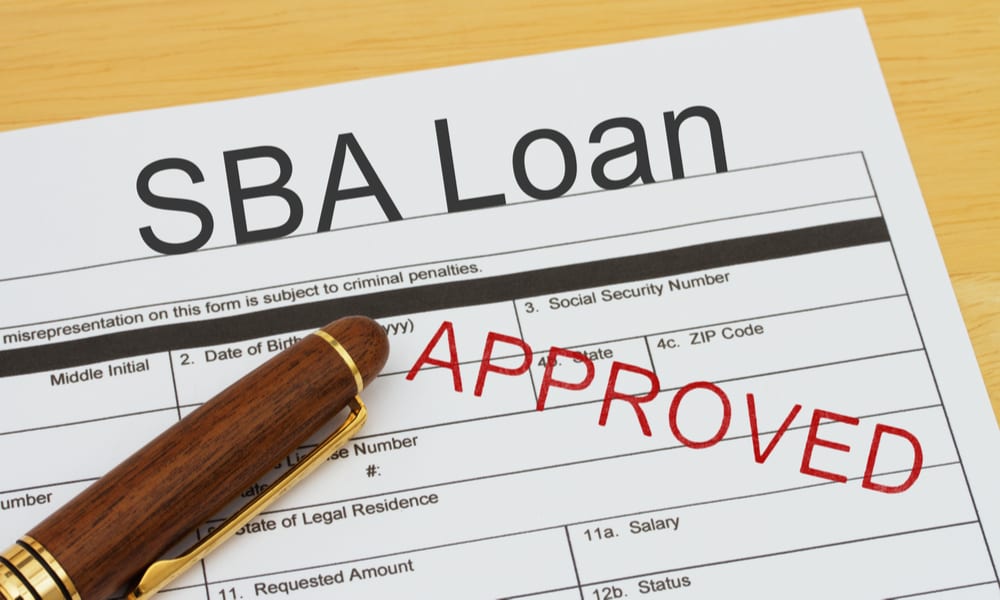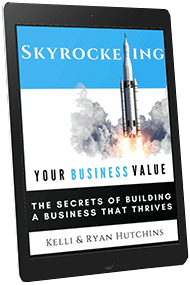
The SBA Lending Process
Are you a small business owner hoping to obtain financing to either start, grow, or buy a business? Chances are you may be seeking an SBA loan. There are many advantages of SBA financing including competitive terms and low-interest rates.
Below we discuss the SBA lending process. Keep in mind this process often takes between 60-90 days. Because of the paperwork and documentation needed, this process can take a bit longer than other types of financing. However, the funds and terms can be well worth the time investment.
Peak Business Valuation is happy to answer any questions you may have about the SBA lending process. Schedule a free consultation today!
1. Qualify for an SBA Loan
The first step in the SBA lending process is to assess whether you may potentially qualify for an SBA loan. Some of the qualifications for an SBA 7(a) loan include:
- The business must operate in the United States or within a U.S. territory
- Operate for profit (the business cannot be a non-profit)
- Have reasonable invested equity
- Be able to demonstrate a need for the loan
- Use the SBA loan for a business purpose
For more information on qualifications, a lender looks for see: 4 Steps to Obtaining an SBA Loan.
2. Know your Business Standing
Next, it is essential to have a solid understanding of your business and how it operates. The SBA lending process will go much smoother if you draft a business plan. A business plan shows the lender that investing in your business is smart. Be sure to make it clear how SBA financing fits your business plan and growth strategy. A strong business plan is extremely helpful when working with lenders.
3. Collect Documents
Before submitting an SBA loan application, it is smart to collect all the documents you may need. Below is a list of common documents needed for an SBA 7(a) loan:
- 3-4 years of historical personal tax returns
- 3-4 years of business income tax returns
- Interim financial statements for the business (balance sheets, income statements, and P&L statement)
- Forecasted financial statements (two years if applicable)
- Paperwork documenting relevant assets and liabilities
- Purchase agreements (including real estate purchase agreements)
- Business license and registrations
- All legal documents – Articles of incorporation or organization
- Franchise agreements\Commercial lease agreements
- Business plan
- Any collateral (if applicable)
4. Find a Lender
The next step in the SBA lending process is to find an SBA lender. It is generally best to search for local lenders who have experience with SBA loans. Many banks provide SBA lending services, but it is best to work with an SBA Preferred Lender. These banks have a proven record of servicing SBA loans. A lender’s experience matters to the SBA. As such, preferred lenders have full authority of underwriting and credit checks without SBA reviewal. This enables a preferred lender to close your SBA loan faster. With less experienced lenders, the SBA is more active in the process which tends to lengthen the timeframe some.
Peak Business Valuation, business appraiser Utah, works with SBA lenders across the country. We are happy to connect you with a lender that services your industry and can meet your business needs.
5. Complete the Required SBA Forms
After selecting a lender, the next step is gathering the required documents and filling out the paperwork. As we mentioned above, gathering the necessary documents can take several weeks. The more prepared and organized you are as a business owner, the quicker this step can be.
Besides the documents listed above, you will need to fill out the SBA application form required by the lender and the SBA. Working with the bank, your lawyer, and your accountant can be helpful. Each SBA lender may require additional paperwork or information other than the documents listed above.
6. Underwrite the SBA Loan
After submitting the required paperwork, the next step of the SBA loan process is underwriting. During this process, the lender will analyze and critique every part of your personal and business financial history. It is best to be as open as possible with the lender. Answering questions quickly and accurately is essential. The lender reviews your application, pulls credit, and determines the strength of the borrower. They will also analyze the risks and benefits of lending you and your business money.
If the loan amount is greater than $250,000 the SBA requires the lender to obtain an independent, third-party business appraisal. The lender may also request a business appraisal for several other reasons to assess their risk. Peak Business Valuation, business appraiser Utah, provides SBA business appraisals in less than half the time of our competitors. This can help you close your loan faster.
The underwriting process can be lengthy especially if a business valuation/appraisal is required. This usually extends the underwriting process another week or two. Essentially, the lender wants to make sure you can pay the loan on time and in full. While the SBA guarantees a portion of the loan, the lender still needs to provide support for their investment.
7. Approval and SBA Loan Commitment
Once you pass underwriting, you move to the loan approval and commitment step. At this point, both the business and you pass the standards set by the lender and the SBA. The lender then agrees to extend you a loan. The lender will send you a commitment letter within a few weeks. This letter outlines the amount of the loan, the interest rate, any collateral backing the loan, and other terms. Then you can carefully review and sign the letter showing your acceptance of the loan offer.
8. SBA Loan Closing
The final step in the SBA lending process is closing your SBA loan. Closing can take between one and two weeks. The lender makes sure everything is ready to go and all documentation is signed. The SBA assigns a file number to the loan and authorizes the government guarantee portion of the loan. Once complete, the lender sends the funds to your business bank account. The funds can then be immediately used for any eligible business purpose.
Summary
The entire SBA lending process usually takes between two and three months. If you are considering this type of financing be sure to plan for the necessary time. If you are interested in learning more about SBA loans and how they can help your business thrive, click below to schedule a free consultation!
SBA financing can be a great option for many small businesses. However, for some circumstances, it may not be the best option, or the business or individual may not qualify. In this case, other options are worth considering – see Financing a Business for more information.
Peak Business Valuation, business appraiser Utah, specializes in providing SBA business valuations. We are happy to answer any questions you have about the SBA lending process! You can reach out by scheduling your free consultation below.
Schedule Your Free Consultation Today!
